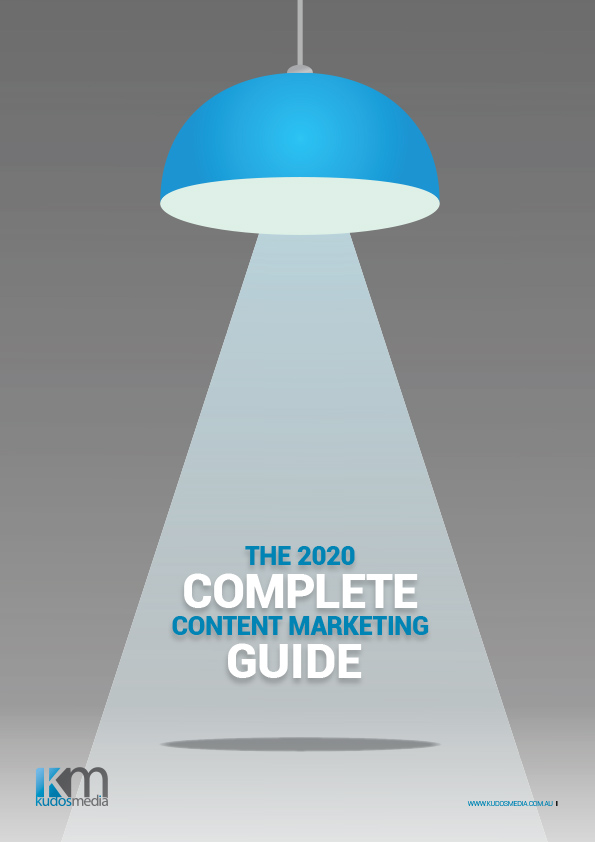Who owns your digital marketing assets? Your business or an agency?
Too often businesses do not control their digital marketing assets and ad accounts, which are instead owned by the agencies or contractors who have set them up, either incorrectly or unethically.
It is critically important that businesses set up digital marketing accounts, including social media marketing (SMM) and search engine marketing (SEM) accounts, in their own name.
Business owners and marketing managers must hold full control of these assets, only adding agencies, contractors and staff as “users” or “partners”.
Unfortunately we regularly see businesses that have engaged agencies or contractors to run their digital marketing and those agencies have set up systems and processes in their own account(s) rather than in those of the business they are representing.
That means that if the business and agency part ways, for whatever reason, the business risks losing everything associated with that account.
Some agencies deliberately use this method to make it difficult for clients to leave, while others simply don’t know better. Regardless, you should double check how your digital marketing accounts are set up.
What you stand to lose:
Running ads on search engine and social media ads managers is an iterative process. Test. Refine. Test. Refine. Test. Refine. Repeat.
You are analysing ad copy, call to actions, keywords, audiences and other advertising elements for their click-throughs, conversion rates and costs.
And by using retargeting pixels, you can build custom audiences of people who have visited your website – or certain pages on it – during the past six months.
All this information is held in the ads manager. If you part ways with your agency or contractor and they have been running all this from their own ad account, rather than yours, then you risk losing all that historical data.
Ads managers for your business must be set up in your business’ name. This could mean using the Google account associated with your business email or account, or a Facebook Business Manager owned and managed by a director of the business, who should be the primary or “super” admin.
This also applies to websites. You should have primary control of your website as well as a recent offline backup. Talk to your developer.
You also want to own – and have access to – your ad accounts so you can see exactly where the agency or contractor is spending your money, along with the metrics and ROI. Even if you don’t fully understand it all, the access alone will help keep the agency or contractor accountable.
If they want to pay Google or Facebook from their account and then bill you, generally that is a red flag. Your credit card should be linked to your ad account and you should receive billing notifications and invoices.
In one recent case we saw, an agency was billing a flat rate for ad spend plus management fees, but when the business they were representing got a new marketing manager who demanded access and analysed the data, they saw their monthly budget had not been spent for 10 out of the previous 12 months.
Password sharing is not required:
When providing access to agencies or third parties, in most cases you do not need to give them login details to any accounts.
Ads management tools have “User” portals where you can easily add and remove users and set the access levels, from view only, to edit, publish and full admin rights. Instagram account management (not Instagram Ads management which is managed from Facebook Business Manager) is one notable exception.
This also goes for the phone number often used in two-factor authentication. It should be the super admin’s and no one else’s. This is your last line of defence against losing control and if an account is linked with an employee’s email or phone number, and they leave disgruntled, you risk losing access. And while you can probably get it back, it won’t be easy.
If the horse has bolted:
If you have already parted ways with the agency or contractor and you are trying to regain access to ad account data, there are a couple of things you can do to minimise the impact.
First you need to set up your own ad accounts. Then discuss with the agency about sharing pixels, audiences and other assets they have created with your new account.
This won’t be as good as having the original data, but it will be far better than starting from scratch.
If they are not forthcoming and refuse to provide you the data or access required and you have been paying for the ads with your credit card, you could try contacting support at the advertiser to see if they can help.
Failing that, you will need to move on and learn from your mistakes, next time engaging an agency who sets things up for you, not for them.
To receive a comprehensive content marketing overview, download our guide below.
Download our Complete Content Marketing Guide
The Complete Content Marketing Guide is a 30-page white paper detailing all aspects of developing, refining and implementing a content marketing and marketing automation strategy.

Content Marketing Strategy Development
Establishing Content Marketing Goals
Audience Analysis
Marketing Automation
Content Metrics and ROI
– Digital Content Distribution:
– Social Media
– SEO
– Video
– E-Newsletters
– Content Seeding and Amplification
Print Content Considerations
Legal considerations
Fill in your details to access the guide. We respect your inbox and your time!






